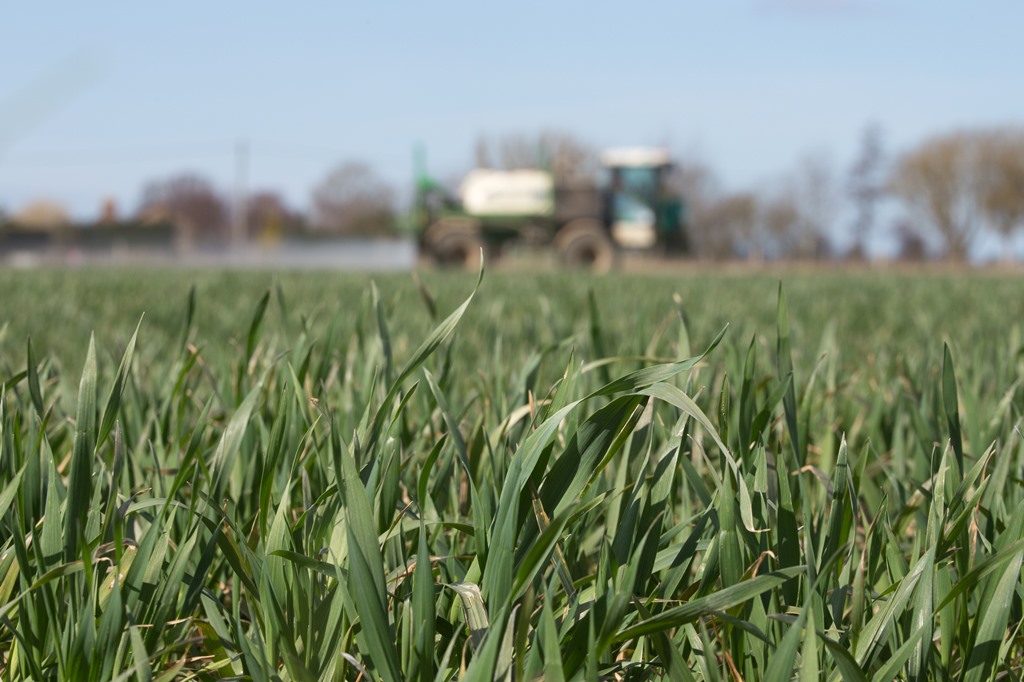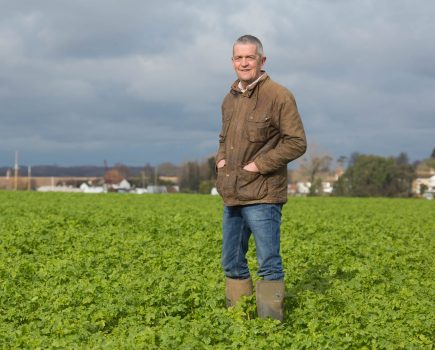 It was only a question of time but now the inevitable appears to have happened. The word is out that there’s been a very noticeable slip in the field performance of the SDHIs this season. Whether that’s the beginning of the end will depend very much on the septoria mutations the scientists find in the field.
It was only a question of time but now the inevitable appears to have happened. The word is out that there’s been a very noticeable slip in the field performance of the SDHIs this season. Whether that’s the beginning of the end will depend very much on the septoria mutations the scientists find in the field.
It’s a timely reminder that septoria will break single site fungicides. Just how spectacular the loss of efficacy depends on the success of the pathogen’s mutation. Strobilurin chemistry was toppled overnight, whereas the azoles have been hanging on by their fingernails for years.
That makes it even more pertinent that two new fungicides will be available to growers next spring. Perfect timing to ease the pressure on the SDHIs, which have been left holding the fort now for several years. But this new clutch of chemistry doesn’t mean we’re out of the woods. In fact we may be wandering deeper into the glade because there’s a big question mark over the sustainability of farming in this way.
Resistance management will be at the heart of the roll out of this new chemistry. But in essence what we have is one new active that’s a variation on the triazoles and another that has the same mode of action as the strobilurins but a different binding site. That means we really don’t know how long it will take the very creative septoria pathogen to work out how to get around the action of these fungicides. We’re going to have to be very careful with them and the loss of chlorothalonil hasn’t helped our cause.
The question is, are we reaching a pivotal point in agriculture? As Einstein said, the definition of insanity is doing the same thing over and over again and expecting a different result. Is this what we’re doing with fungicides? And more to the point, what’s the alternative?
These are all huge questions and I’m not pretending to know the answers but perhaps there’s an opportunity to open the door and consider things from a different point of view. Could biostimulants play a role? The argument often heard against them is ‘we’ve been there before and they didn’t work’. While this is undoubtedly true, times have changed and much more science has been done. But the industry is now in the very difficult position where there’s a vast range of products being sold in an unregulated marketplace. While there’s evidence that biostimulants do influence plant growth and response to stresses, there’s still a big gap in understanding exactly how they do this. Many also have biopesticide properties, though these aren’t claimed because that means registration and all that entails.

Is a total reliance on fungicides still the best way to keep crops healthy?
All this means the market is ahead of really knowing how to get the best out of these products which means the grower is burdened with the risk of experimenting on a field scale. But some go-ahead growers are looking at using biostimulants and nutrition to see if they can keep the crop healthy and reduce their dependency on fungicides and it seems that there have been good results.
There may be a lot to learn but this change in perspective could one day revolutionise our farming. It’s a bit like the difference between Eastern and Western medicine. In the West we treat the symptoms of disease without addressing the cause, whereas in the East the focus is on the exact opposite, it’s the things which create a predisposition to a disease which are addressed.
That’s why Tom Dykstra’s work in the US is so fascinating. He’s found that insects are attracted to unhealthy plants and that pest attack ceases completely when the photosynthetic capacity increases to Brix 12-14. Whether it’s possible in a monoculture to produce the high-yielding crop of today while maintaining such health is a different matter. But could we achieve this by paying attention to plant nutrition and understanding the form of fertiliser the plant needs to utilise it efficiently, so it has more energy for respiration? Could we help the plant deal with the stresses of its environment by supporting them with biologicals and biostimulants? If we could keep a plant inwardly healthy then would we need to have such a heavy reliance on fungicides? Perhaps it’s a good time to find out.
Based in Ludlow, Shrops, CPM technical editor Lucy de la Pasture has worked as an agronomist. @Lucy_delaP




